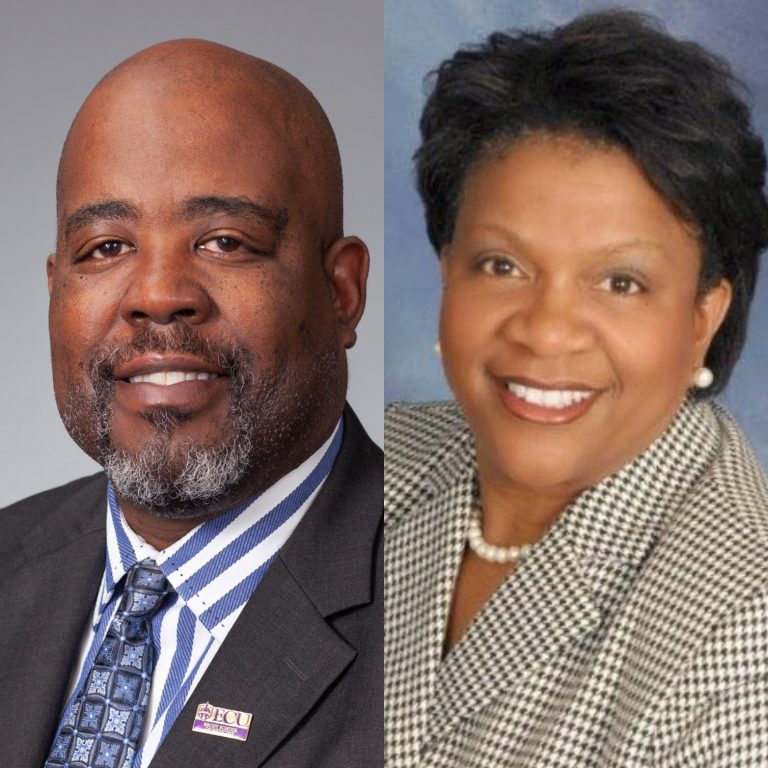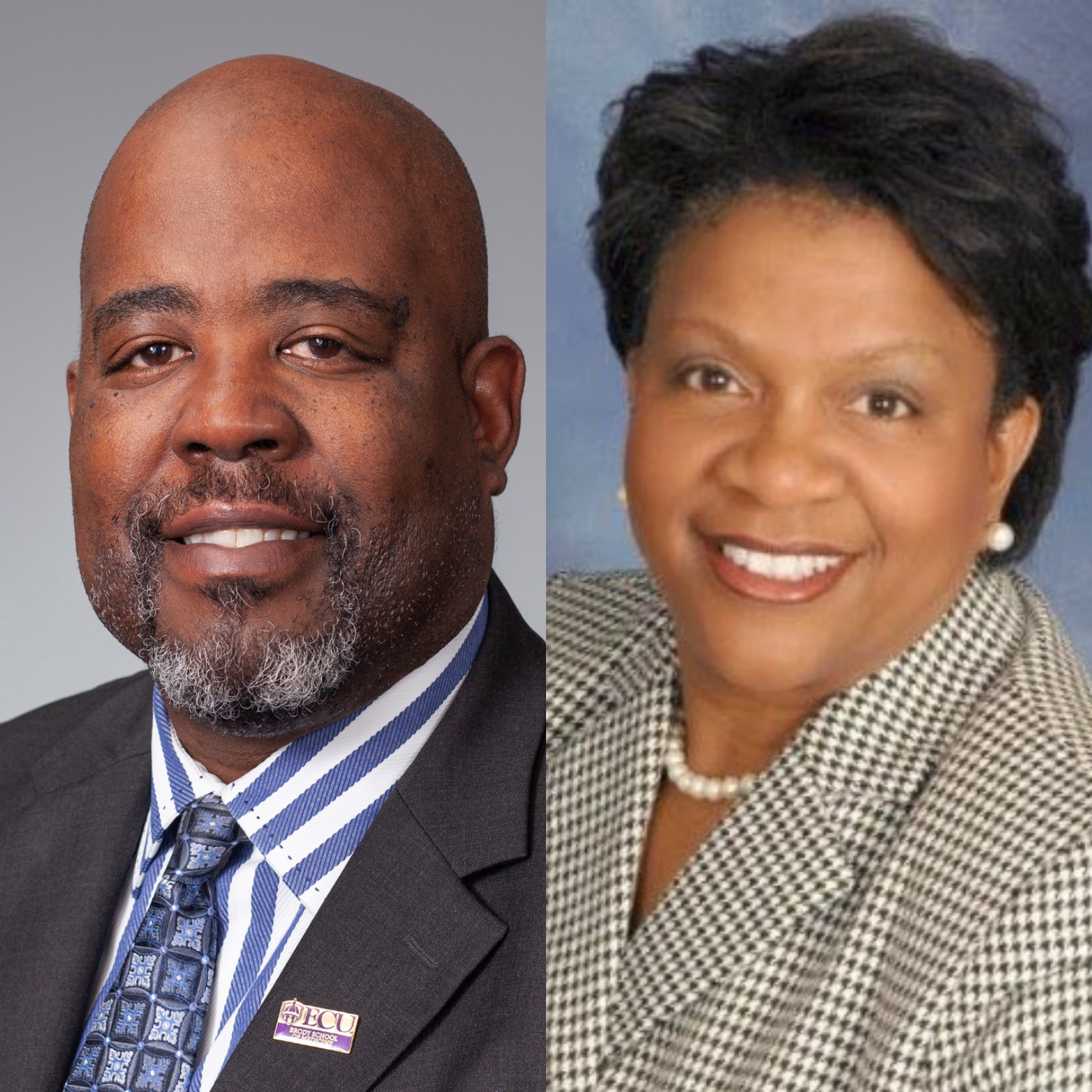ATSU’s Cultural Proficiency Speaker Series examines inequities in healthcare
Posted: November 5, 2020
Examining health inequities in the COVID-19 pandemic was a focal point of Thursday’s installment in A.T. Still University of Health Sciences’ (ATSU) President’s Cultural Proficiency Speaker Series.
The series serves as a place for ATSU’s community to have open and honest discussions on race, class, culture, and equity. Thursday’s event featured Cedric Bright, MD, associate dean for admissions, professor of internal medicine, and interim associate dean of diversity and inclusion at East Carolina University’s Brody School of Medicine, and ATSU’s Kim Butler Perry, DDS, MSCS, FACD, associate vice president of university strategic partnerships.
Mortality rates from COVID-19 have disproportionately affected people of color, shining a light on a longtime issue, Dr. Bright said, noting studies have long shown excess mortality rates of Black Americans from a range of health problems. Many factors contribute to this reality, which is why Dr. Bright said the message needs to be about equity instead of equality.
Dr. Bright provided an example showing three individuals of varying heights standing at a fence. With equality, each was given a single box on which to stand. One individual was now lifted to see over the fence. The tallest individual, who already had no problem, was lifted higher. The shortest individual, meanwhile, still had no view.

With equity, the tallest individual didn’t need the box, and didn’t receive one. They could still see fine. One individual received one box to lift them above, while the shortest individual received two boxes and now also had a clear view.
“Not everybody needs the same thing,” Dr. Bright said. “We all need different things, and that’s what equity is about. You give people what they need in order to level the playing field.”
The example also showed reality, in which the tallest individual also stood atop numerous boxes, and the shortest individual stood in a hole.
“There’s some people way off the charts with all the resources they need, and others who can’t even get a resource,” he said. “Nature provides talent equally, but life does not provide opportunities equally.”
In terms of healthcare, that means valuing all individuals and populations equally, recognizing and rectifying historic injustices, and providing resources according to need.
“Health disparities will be eliminated when health equity is finally achieved,” Dr. Bright said.
A key barrier to remove is the idea that life is a zero sum game where one person benefits and another loses.
“There are opportunities for us to have win-wins in life where everybody succeeds,” Dr. Bright said. “That fosters competition over cooperation…and it hinders the ability for us to grow the pie. Certainly, there are enough resources to go around for everybody to have some of them.”
Dr. Perry discussed disproportionate representation when it comes to serving communities, saying there is an underrepresentation of students, faculty, staff, and administrators of color, particularly with African American males.
Additionally, she said a lack of cultural proficiency and existence of implicit bias in healthcare settings must be addressed.
“Research indicates healthcare providers have a level of implicit bias consistent with the general population, and this bias impacts patients’ diagnoses, treatment plants, and ultimately patient outcomes, which can lead to increased health disparities,” she said.
To find solutions, Dr. Perry said all parties don’t need to agree on all points, but respect each other’s differences on the path for meaningful change in a timely fashion.
“It’s not enough to say we have policies and procedures in place if they are not working for all,” she said. “We all should continue to work towards providing an environment conducive to change, and holding others accountable, from the office, to the classroom, to the clinic, to the community.”
Annual cultural proficiency training should be the standard in healthcare settings, not as a punishment, but to improve patient outcomes.
“A change of not just policy, but a change of hearts and minds. If not now, then when? If not us, then who? Because we are the day they speak so highly of, and no one cares how much you know, until they know how much you care,” Dr. Perry said. “When can we now begin to move toward caring more about those among us who are perceived as different?”
ATSU faculty, staff, and students can access series recordings by visiting the Portal and choosing the “Cultural Proficiency Climate Study” link. A link to the series can then be found on that page’s top navigation.
Learn more about diversity at ATSU by visiting atsu.edu/diversity.
